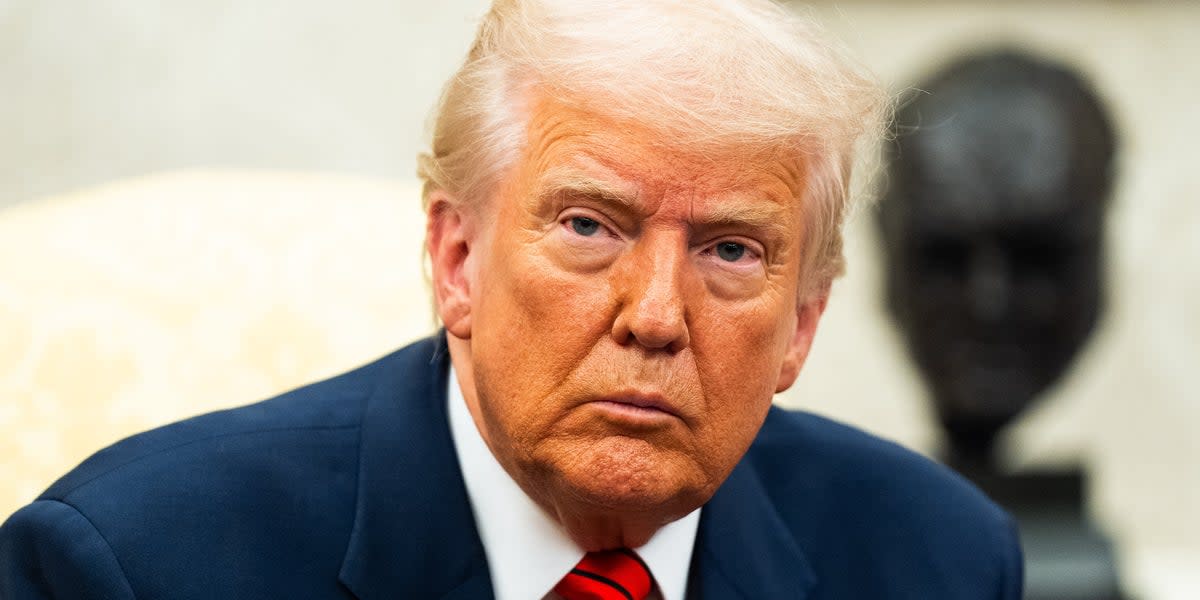Ugandan dictator Gen. Museveni. Photo: Facebook
[The View From Uganda]
The death toll has now climbed to 25 murders perpetrated by machete-wielding thugs in Masaka and Lwengo districts here in Uganda.
Two of the latest murders happened right under the beady eyes of the joint security forces in the Greater Masaka region. The latest victims have been identified as Henry Kiremba, 81, a retired medical officer and Maria Nakato, 80. The Internal Affairs state minister, Gen. David Muhoozi, while addressing journalists in Lwengo District, said, “Whoever who is doing this intends to spread terror in people, it is terrorism.”
However, these murders are case of chickens coming home to roost.
There were random acts of terror inflicted on civilians during the civil war of 1981-1986 that began within one year of Milton Obote’s return to power as president. The civil war pitted the government under Obote’s Uganda People’s Congress or (UPC) party against Yoweri Museveni’s rebel forces, the National Resistance Army (NRA).
It has been said that the NRA committed crimes against civilians while dressed up in the fatigues of Obote’s Uganda National Liberation Army (UNLA) in order to foment hatred against the government. So, Museveni was able to pin blame on Obote’s government for the atrocities.
In 1971, when Yoweri Museveni embraced war as the only means of advancing his politics, he was a Marxist who adopted several of the great Argentinian Marxist Ernesto “Che” Guevara’s ideas. “The guerrilla band is not to be considered inferior to the army against which it fights simply because it is inferior in firepower. Guerrilla warfare is used by the side which is supported by a majority but which possesses a much smaller number of arms,” wrote Che, who was icon of global resistance against imperialism.
Uganda’s general elections held between December 10 and 11, 1980 had a voter turnout of 85.2%. The result was a disputed victory for the UPC under Obote, which won 75 of the 126 seats in Parliament. Candidate Museveni’s party, the Uganda Patriotic Movement (UPM) won only one seat, courtesy of Dr. Crispus Kiyonga. Museveni himself was beaten by Sam Kutesa, for a seat in Parliament.
So how did Museveni’s force become so “popular” in a matter of years? The answer is terror. It’s in line with Che’s other theory called “The Detonation Theory” which states that revolutions can occur out of sufficiently drastic acts. In this instance, they don’t need the majority to seize the initiative or the day.
This theory guided Museveni and his Popular Resistance Army—which later became the NRA after uniting with Yusuf Lule’s group, the Uganda Freedom Fighters—to attack Kabamba Barracks in 1981. This attack, through terror, evolved into a full scale war. “War is always a struggle in which each contender tries to annihilate the other. Besides using force, they will have recourse to all possible tricks and stratagems in order to achieve the goal,” Che explained.
Museveni took this message to heart, but he did it so well that now he has copycats. The original sin of starting a war against a legitimate government has led to copycat criminals—individuals who commit crimes after being influenced through exposure to the NRA’s criminal model of waging war against an elected government.
Masaka is the right place to start such a war because it is a district which is staunchly anti-government, as Luwero district was in 1981.
Those behind these current killings in Masaka must be aware that there is widespread opposition to the Museveni government and that the way to build a critical mass out of such groundswell is by perpetrating the same type of terrorism that Gen. Museveni used in Luwero of the 80s.
Columnist Matogo can be contacted via mugashop74@gmail.com







